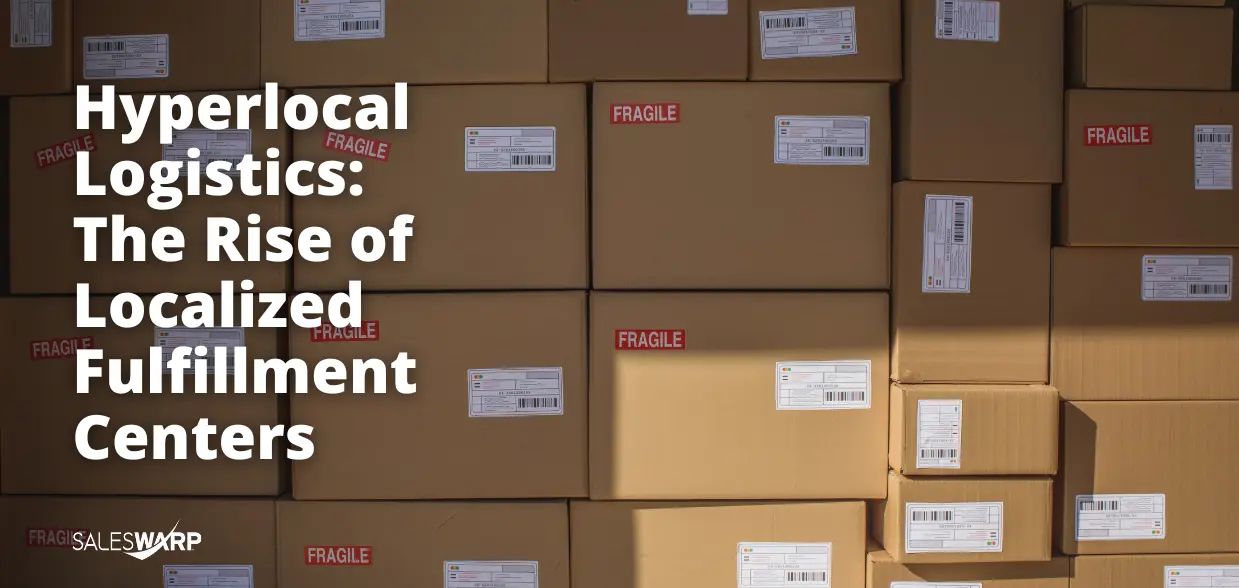Micro-Warehousing and Hyperlocal Logistics: The Rise of Localized Fulfillment Centers
What Is Micro-Warehousing?
Micro-warehousing makes use of smaller-scale storage facilities situated around consumer hubs, such as urban areas or highly populated neighborhoods. Unlike traditional warehouses, usually large and centralized, micro-warehouses store less inventory of stock positioned based on demand in the immediate vicinity. These compact hubs heavily employ automation, AI, and warehouse management systems that optimize operations and enable businesses to fulfill orders more quickly and more efficiently.
For example, a micro-warehouse in a busy city center can stock frequently ordered items, such as groceries or electronics, thus drastically reducing transit times. This scalability allows companies to deploy multiple warehouses in strategic locations to address local demand without the delays associated with centralized storage.
Hyperlocal Logistics: The Last-Mile Solution
While micro-warehousing solves inventory localization, hyperlocal logistics guarantees efficient last-mile delivery. This model leverages partnerships with local stores, gig-economy delivery networks, and advanced route-optimization technology to connect micro-warehouses with end consumers.
Hyperlocal logistics deal with the last mile, which is the most challenging leg of the delivery process. In an urban area, traditional models of delivery have to be slow and costly with increasing traffic congestion and infrastructure limitations. This can be done by integrating localized fulfillment with hyperlocal delivery systems that help minimize transit times and increase customer satisfaction.
The Benefits of Localized Fulfillment
The combination of micro-warehousing and hyperlocal logistics offers several key benefits for businesses and consumers:
- Faster Deliveries
Localized storage and streamlined last-mile delivery allow for same-day or even one-hour shipping, giving businesses a competitive edge.
- Cost Efficiency
Shorter delivery distances reduce fuel costs, while optimized delivery routes save time and resources.
- Improved Customer Experience
Faster deliveries and flexible fulfillment options, such as curbside pickup, lead to higher customer satisfaction and loyalty.
- Environmental Sustainability
Reduced transit distances lower carbon emissions, while optimized packaging and inventory management contribute to greener operations.
The Road Ahead
The rise of micro-warehousing and hyperlocal logistics signals a major shift in how businesses approach fulfillment and delivery. As consumer expectations for faster, more convenient services continue to grow, companies will need to embrace technologies that streamline localized fulfillment and last-mile delivery.
What do you think? Are micro-warehousing and hyperlocal logistics the future of eCommerce?
Learn how a tailored warehouse management solution can help; Talk to an Expert today!


